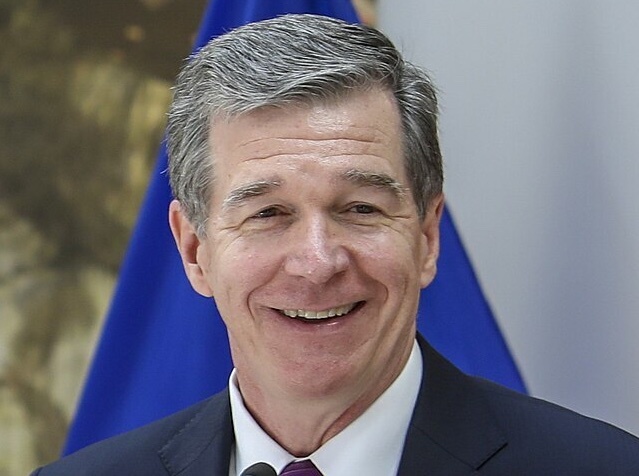Helen Raleigh of the Federalist pans a proposed trade agreement with China.
Last Friday, U.S. and Chinese officials confirmed that that two nations reached a “phase one” trade deal. After more than two years of uncertainty, this is welcome news for many. Yet it is concerning because so few details of the agreement have been made public. …
… While the U.S. commitment is straightforward, what the Chinese have agreed to do is vague. The same WSJ report says China has agreed to increase its purchase of U.S. agricultural and other goods, but by how much is unclear. U.S. Trade Representative Robert Lighthizer said China would increase its imports of U.S. agriculture produce to about $40-$50 billion over two years. But experts immediately pointed out that before the trade war began, China imported $20 billion worth of U.S. farm products in 2017.
Is it realistic to expect China to double its imports in two years? Even if China manages to do so for sheer political reasons and put excess purchases in storage, what will happen in year three? Is the $40-$50 billion annual target sustainable? …
… Chinese officials confirmed that the text of the agreement covers topics including intellectual property rights, technology transfers, food and agricultural products, and dispute settlement. However, they only emphasized that the United States would remove a number of tariffs without mentioning any commitments China had made, not even giving any specific dollar amount on the additional U.S. farm products purchases.
Chinese officials insisted, “China will not sacrifice the interests of its other trade partners to fulfill the demands of the U.S.,” and, “Any agricultural products purchase made by China will be based on our own demands.” Such attitude and language from Chinese officials raises questions on how effective this limited trade agreement will be.


